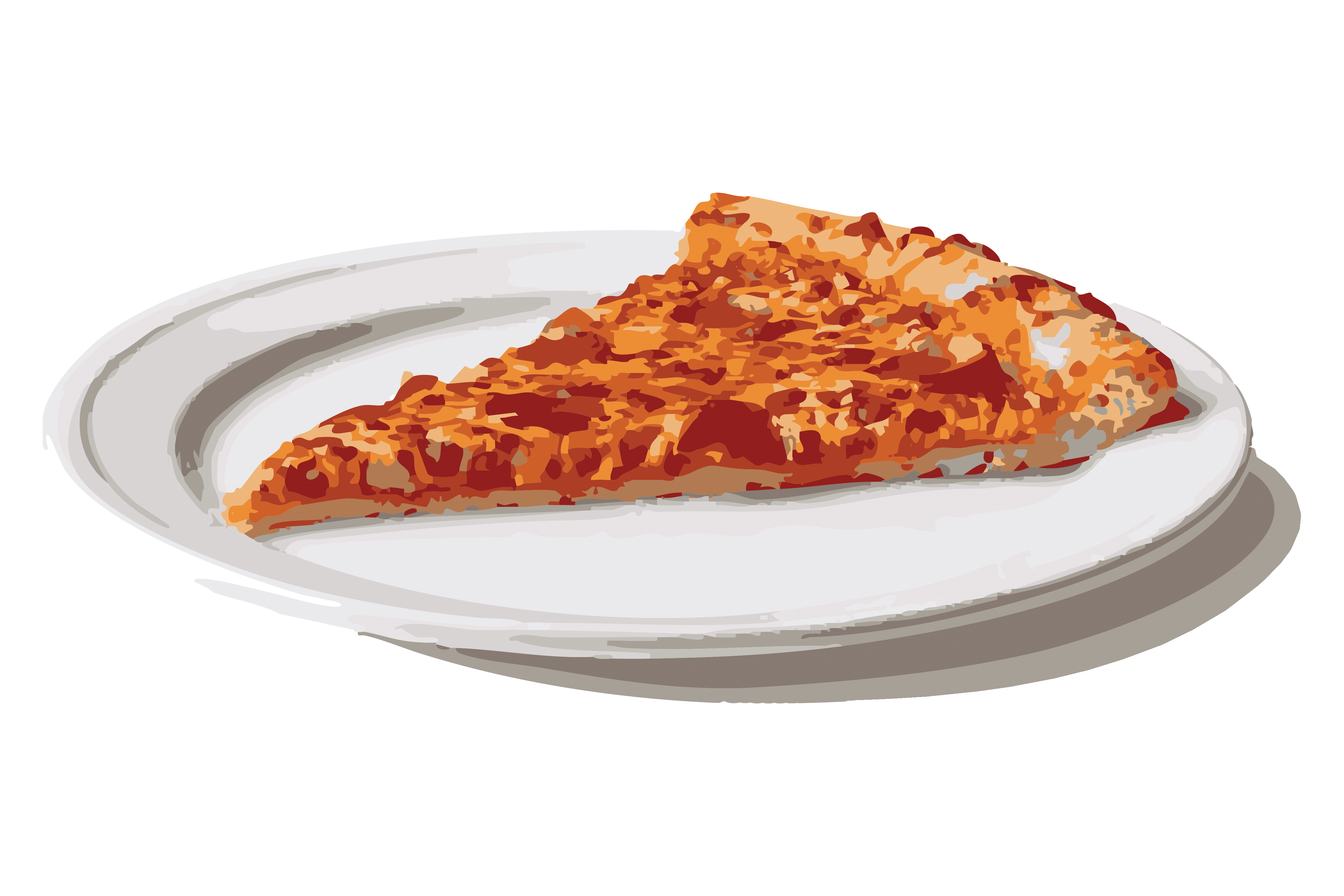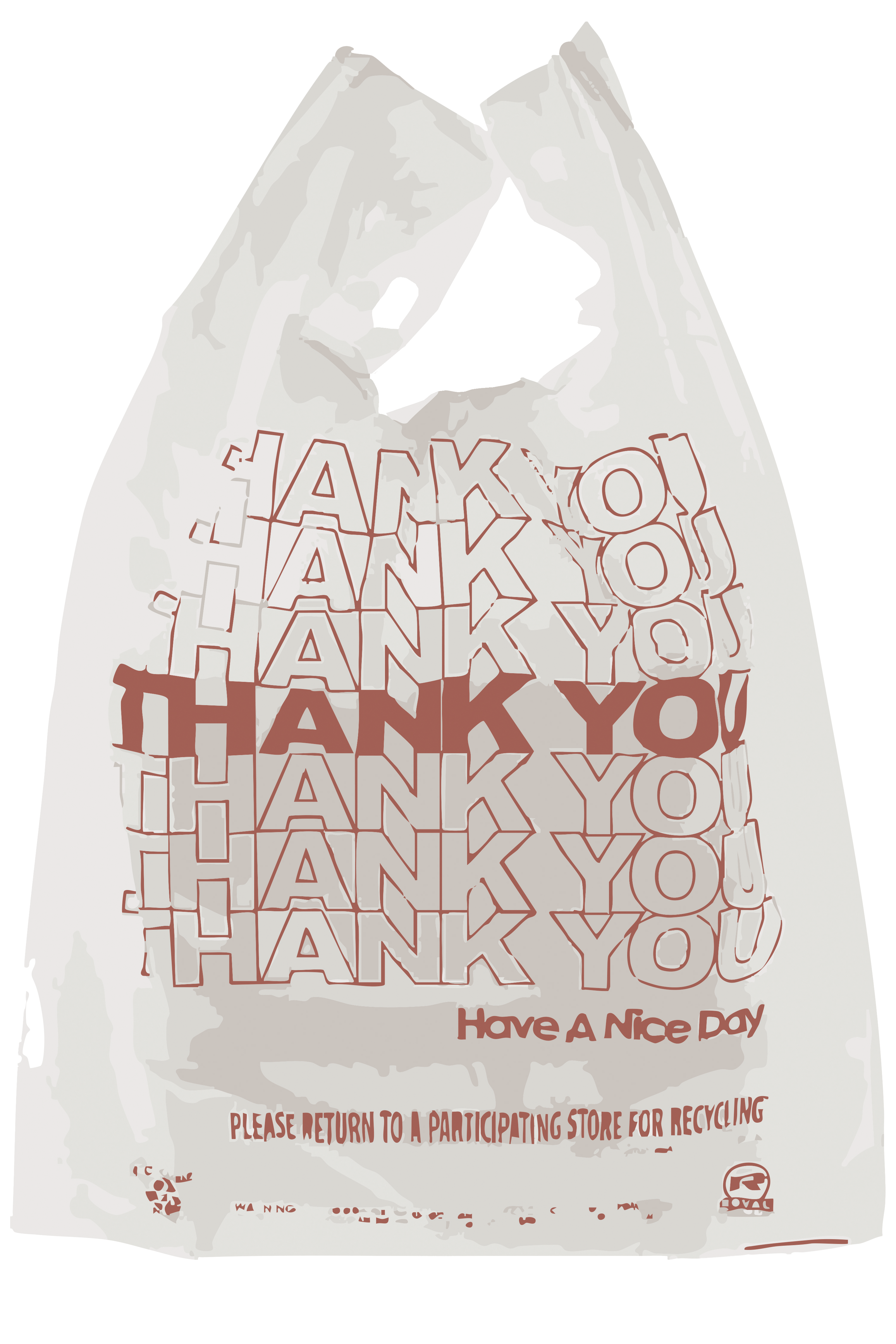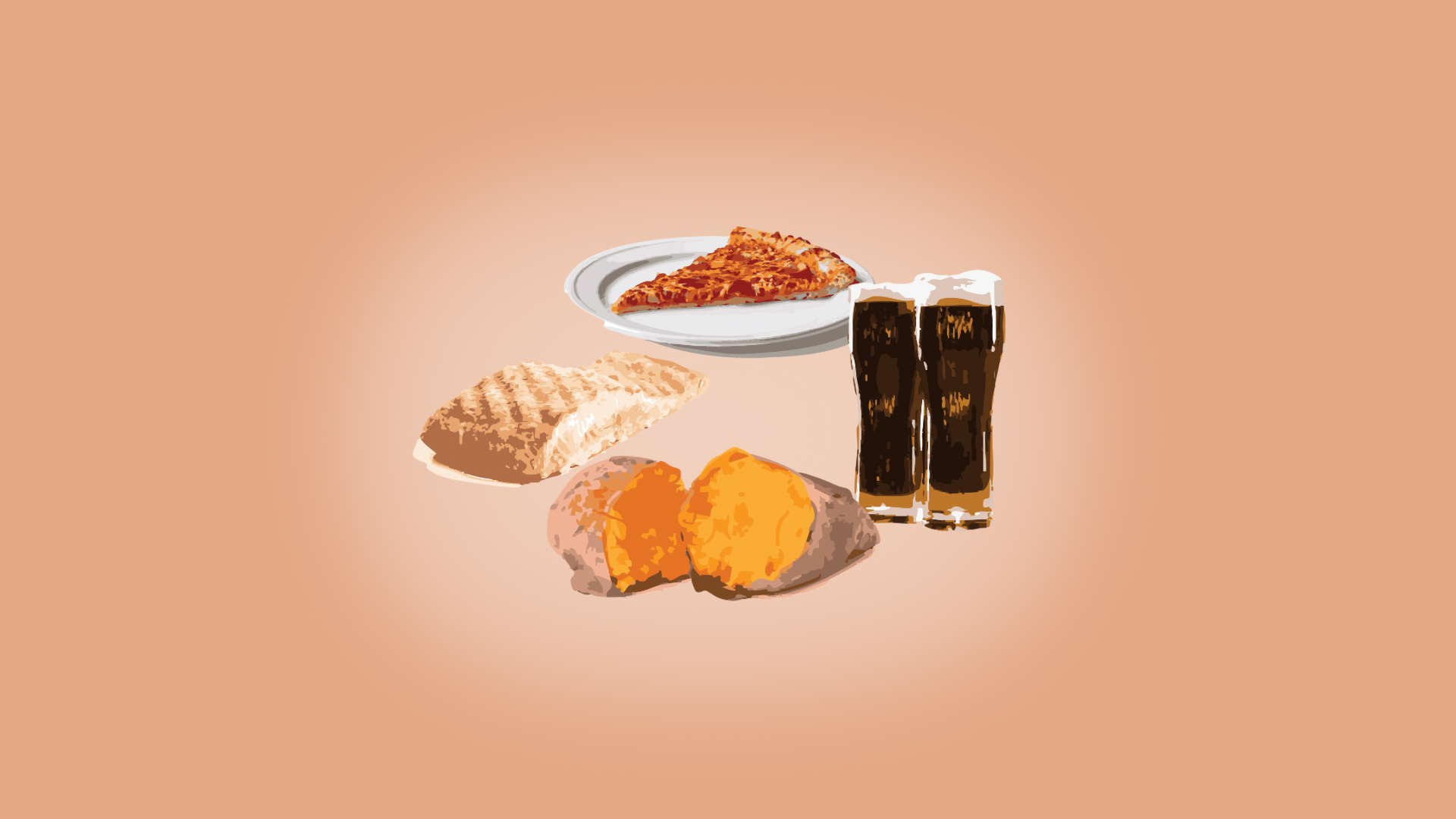Old habits dine hard
For many, it’s just a meal. For restaurant regulars, it’s so much more.

October 18, 2025 | story by Anna Edlund
illustrations by Delia Rose Sauer
This story is from Atrium’s Spring 2025 magazine, which released April 2025.
Through the clicking of tickets printing and sizzling of onions cooking, a crisp ring ring ring cuts through the air. To soothe the shrieking melody, I cut across the kitchen, tagging close behind the worker who’s been tasked with training me.
As my non-slip shoes clunk across the kitchen tile, I anxiously recall the script that’s been drilled into me: Give the customer our standard greeting, ask their name and record their steak temperatures.
I reach out for the phone confidently, my fingertips brushing the smooth surface of the handset, when —
“Wait!”
My trainer’s hand wraps around my wrist in protest as I spin around, searching her face for an explanation. Her eyes dart to the name glowing on the computer screen, indicating the customer waiting on the phone. My trainer returns my stare and hesitates, fighting to find the right words.
I was about to meet my first regular.
Over the following months, I learn her order. “The usual?” I ask, bracing for impact before sending it through to the kitchen.

If it’s not me, it’s another employee answering her call — a daily occurrence. Her printed order ticket brings a sigh from the cooks before they begin crafting it from muscle memory.
A thick piece of salmon, unseasoned and only lightly cooked. A chicken breast, equally unseasoned and lightly grilled. Two round sweet potatoes served plain. Each food item placed in its own box and accompanied with an abundance of plastic silverware packets.
“What an odd order,” I think to myself as I stack and bag the warm containers together before passing them through the window of her boyfriend’s car when he arrives to pick up. “Who could eat the same meal every single day?”
“Right on schedule,” I chuckle to my coworkers the next day when her name lights up on our computer screen again.
I pester my coworkers about this mysterious character, desperate for more information.
“I’ve been there two and a half years now, she’s been there long before me,” my coworker explains. “She used to eat inside, but once we remodeled, she swore she could still smell paint and has since been eating to-go.”
My curiosity leads me to the workers who met her face-to-face in the dining room two years prior.
“She was very nice but liked to talk a lot about very depressing things,” her former server tells me.
“The usual?” I ask her during another shift, my fingers fidgeting impatiently with the coils of the telephone cord. The sun lowering in the distance shines a soft light through the window behind me, illuminating barren shelves that normally overflow with scalding takeout orders.
The unusual silence in the restaurant lets me hear the faint cracks in her voice and the timid tone that carries her requests. A sort of sadness, almost loneliness, wafts through the phone speaker as she recites her phone number for our rewards system. I gently promise her there will be no seasoning on her chicken. Her speech quivers as she thanks me for all the restaurant does for her.
My heart softens as I click the handset back into place, ending the call. Suddenly, I no longer just see the order for its intricate modifications. I see the woman behind the call.
This restaurant is my college job, nothing more than my means to a paycheck. But to this woman, this restaurant is a key part of her day, her source of a meal that brings not just consistency but comfort. Her gratitude over the phone melts my original judgment, letting pure curiosity seep in as I wonder how important a chain restaurant can truly be to its regulars.
I contacted this woman, but she did not wish to be interviewed. With my curiosity lingering still, I turned to research.

I consulted registered dietitian Debbie Petitpain, who said a variety of factors could explain why my regular eats the same meal every day. Taste. Convenience. Price. Accessibility. Nutrition. An underlying medical condition may inspire a specific diet — but so might a desire for routine, control or comfort.
“We are very much creatures of habit,” Petitpain said.
And if that daily habit was a well-balanced meal? “That could actually be great,” Petitpain said.
In many cultures, eating the same thing over and over is perfectly normal, she added.
I slowly realized that regulars were more common, and more understandable, than I expected.
“I have one lady who comes twice a day for triple shot espresso, six butter pecan, three cream, every day,” my friend, a barista from a coffee shop in Valrico, tells me.
“We have this one weird regular who comes in every day and stays for like seven hours in the dining room, and he gets a shit ton of oregano on everything he orders,” my roommate, a Gainesville pizzeria employee, admits to me. “He also has bright pink hair and wears all pink clothes every day.”
Regulars can also be who you least expect, as I discovered while conversing with Mike Foley, a professor at the University of Florida. He’s been ordering from a local restaurant almost daily for years, keeping his routine simple: Get there a little before 5 p.m., leave by 7 p.m. and drink no more than two beers.
The restaurant staff pours his drink as soon as he walks in.
“I don’t have to order or anything,” Foley said. They know exactly what he wants.
He doesn’t mind overlooking the restaurant’s occasionally cold temperature for the rest of his experience inside — moments beyond just pizza and beer.
“It’s a socialization process,” he explained. “I’m comfortable with the people there, I’m comfortable with the surroundings.”
His frequent visits have brought him closer to the staff that serve him daily.
“I’ve written letters of recommendation for five of the bartenders,” Foley confessed with a chuckle.
“I don’t say that you should hire this person or have this person in your program because they pour a good beer,” he said. “I know their personality.”
It didn’t take long for them to know him, too, thanks to his and his wife’s habit of buying takeout from the restaurant during the pandemic.
“They would recognize our voice on the phone when we called our order in,” he said.
During a recent shift, I purposefully took a little more time on each ticket, pausing on each entrée and appetizer listed on the colorful screen.
“Here is where it lists the customer’s name,” I point out, my finger extending toward the group of pixels. I have an audience.
My trainee nods in agreement, eyes wide and eager as she takes in the new environment.
I spin to face the large stack of paper takeaway bags that sit parallel to the kitchen counters. I extend my hand to grab the top bag, ready to gently unfold it and demonstrate how to pack an order, when a familiar sound interrupts the usual buzz of ice machines and fryer timers.
My steps align with each shrill chime of the phone as I make my way across the kitchen. The squeaks of brand-new non-slip shoes follow me like a bell on a cat as the trainee scrambles to keep up with my stride.
I immediately recognize the name that paints the computer screen. This sight might be frustrating to some, but I feel only amusement. I observe the uncertain expression of the young woman I met an hour ago, and my lips curl into a smile.
“This is a regular.”

